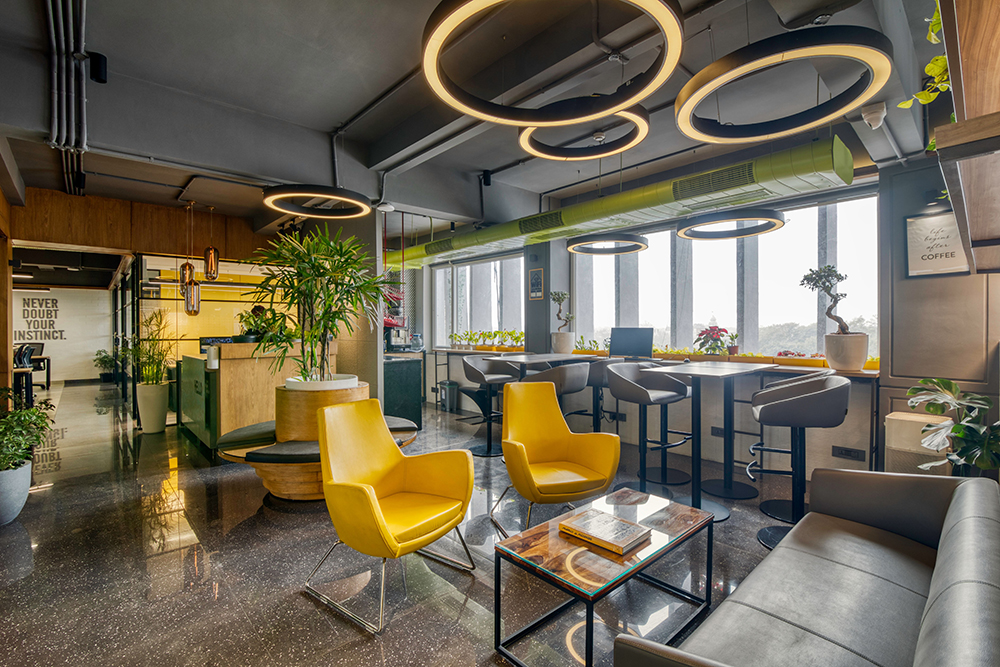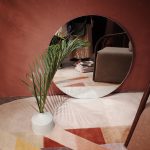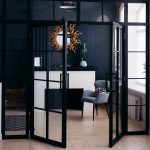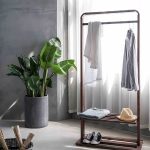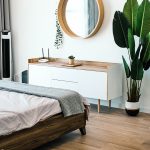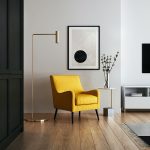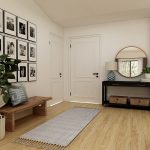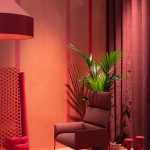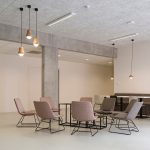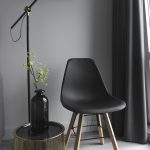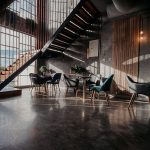Thinking about taking on a modern twist to your spring clean this year – look no further! We have everything you need to know about what makes modern interior design styles…
The modernist movement spans several styles but all stemmed from the more traditional materials and lent into industrial materials such as glass, steel and concrete. The themes we’re discussing are based on the shift from traditional styles at the beginning of the 19th century which continued to develop throughout the 20th century. – we’re talking Bauhaus, Scandi-chic and minimalism to name a few.
It’s not practical to completely redesign your home or your office from top to bottom – so we’re looking at the aspects of modern interior design that is centred on the belief that form should combine with function.
Modern interior design has many styles but many focus on clean lines, shapes as focal points, functional and practical storage and in turn – clear space! Whilst it’s not practical to live in a space which is virtually empty – it is possible to prioritise storage. Minimalism is defined by minimised distractions from whats valuable, important or essential within a space – this can be defined by the function or role of the space, or the design elements such as artwork, mirrors, armchairs or lighting.
The thing to remember when decluttering is to make sure everything has a distinct function. Also, we believe you can combine modern aesthetics to suit your space and belongings – you don’t need to throw everything away to have a modern spruce-up!
We particularly love elements related to the industrial design aesthetic – this is a trend that really makes the most of more “shabby” spaces. Industrial design in interiors is all about salvaging materials, exposing surfaces and frameworks or pipes. This means you don’t need to hide concrete floors, raw brick walls or feel the need to hide detailing within the building. Modern industrial design is about complimenting the existing space – opening up spaces to provide open-plan areas. Think New York lofts, Berlin apartments and London warehouses-turned-workspaces.
We’ve done several blogs focussing specifically on Scandi-chic and Hygge design. The popular aesthetic centres on comfort and light – in a similar vein to minimalism the spaces are uncluttered and simple, however there is much more room to be individual and add a little more personality into a space. Warmth and cosiness is provided in the use of natural materials – sleek wooden furniture, woollen fabrics and furnishes and often stone elements are extremely popular.
- Wyke Farms

